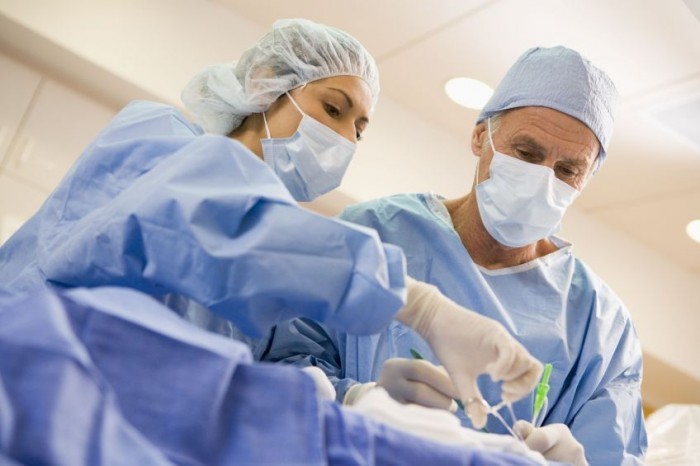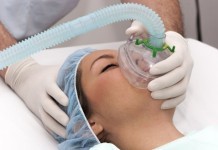In a bizarre occurrence, the operating theatre at St Margaret’s Hospital managed to complete a full caseload without delays or running “over time.”
 Despite best attempts to start the day late, the anesthetist (who arrived by bicycle in -5 degree Celsius weather) had a senior resident unexpectedly show up to setup. Drugs were gathered and the history and physical were actually completed prior to the nursing checklist. The patient even had an IV before entering the room!
Despite best attempts to start the day late, the anesthetist (who arrived by bicycle in -5 degree Celsius weather) had a senior resident unexpectedly show up to setup. Drugs were gathered and the history and physical were actually completed prior to the nursing checklist. The patient even had an IV before entering the room!
Midway between the first case, at 8:12 a.m., nurses began the process of divvying up breaks. Much to the chagrin of the operating team, the nurse who was “scrubbed in” was chosen for “first break.” Apparently, working for 42 minutes mandates a morning coffee fix. However, in a twist of fate, a surgical nursing swap was executed with precision. Fast suturing skills, albeit incorrectly done, by the surgical intern at the end of the case also helped to thwart any possibility of starting the second case behind schedule.
After the second case, another roadblock was encountered as housekeeping arrived ten minutes behind schedule to clean the OR. Luckily the patient wasn’t MRSA or VRE positive or this certainly would have sent things in a downward spiral with a 40-minute top to bottom required scrub of the room.
The third patient of the day was a very healthy gentleman. He had no medical or surgical history and requested an epidural for his bilateral groin hernia repair. Fearing the worst and feeling hunger pains as lunch was approaching, the anesthetist felt a STAT INR was medically indicated. This would certainly assure at least an hour delay and likely a cancellation at the end of this list. Recalling a visit from clinic, the senior surgical resident swept in and presented an INR from routine physical, which was performed just two weeks ago. Careful deliberation ensued but it was felt that the case was safe to carry on.
Electrocautery malfunction was the only delay encountered in case number four. Despite well-experienced nursing staff, the device was not plugged in, nor was a ground-return-pad attached to the patient. After exploration of the surgical field, and resetting the machine, the cause was identified.
The fourth case ended at 2:11 p.m. The nurse in charge presented to the room to determine how far the surgical team was from “closing.” Much to her surprise, the patient was just returning to consciousness and a surgical count was being completed.
She explained that she was faced with unfamiliar territory: a sick call from the night team of nurses meant that two rooms needed to end early that day. However, in a bold move, the surgeon had already requested that the next patient arrive in the “holding area” as he allowed the surgical residents to close. It was as if he anticipated it happening! Incomprehensible muttering and dirty looks from the charge nurse ensued but the patient was checked in for surgery nevertheless.
The fifth and final case went off without a hitch. Near the end of the case, the team heard rumors of a dreaded emergency laparotomy case needing to bump the next room that finished. To the surprise of all house staff involved, the patient had a weird reaction to anesthesia and needed at least 17 minutes to stabilize before being sent to the Recovery Room (wink, wink), which was about 2 minutes after the other room dropped their patient off in the PACU.
The surgical team managed to migrate to the OR lounge at 3:35 p.m. After dictating operative reports, following up on day surgery orders, and completing afternoon rounds, the junior surgical resident managed to make his way home at 5:22 p.m. This was astonishingly early and in record time. Confused by the sensation of freedom and spare time, he started reading Sabiston’s Textbook of Surgery, and proceeded to fall asleep two hours earlier than usual.







